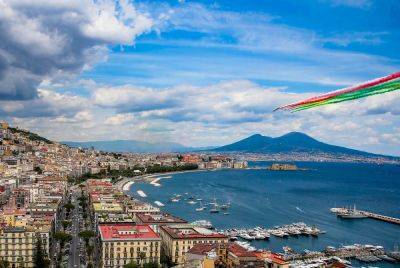Post-pandemic “revenge travel” is in full swing, and tourists are flocking to Italy in droves like never before: with the country poised to break all tourism records in 2023, visitors–especially from the U.S.–are expected to beeline to Italy over other European destinations for the foreseeable future, to revel in the ineffable magic of la dolce vita.
Hidden Algarve: how new hiking trails are opening up Portugal's quiet southern mountains
21.08.2023 - 10:03 / nationalgeographic.com
Look closely, and the forest reveals itself as a playground. A brook appears from between dense branches, blanketed white by mats of water-crowfoot flowers: a pool for two basking turtles, a slide for hundreds of pond skaters. Above a bush of wild mint, dragon- and damselflies court in a waltz of wings, while a nightingale warbles in the canopy. We rock hop to the other bank. “It’s a paradise for everyone,” says guide Francisco Simões as we hike on.
Founder of local walking tour company AlgarvianRoots, Francisco is leading me on a tour around Monchique, a municipality high in the western Algarve’s Serra de Monchique range. Roughly 30 miles inland from Albufeira on Portugal’s southern coast, it’s a different world from its popular seaside resorts, home to the region’s two highest peaks and woodland that benefits from a humid microclimate. “The brand of the Algarve is the coastline, not the mountains,” says Francisco. “There’s a lot of potential here, but people don’t know about it. Many stay in a resort near the beach, and that’s it. But that kind of tourism only works during the summertime. This works the opposite way around.”
Unlocking this potential is the aim of the Via Algarviana, a long-distance trail that runs for 186 miles along the interior of the region, from the Spanish border to the Atlantic — and it’s still a work in progress. Inaugurated in 2009, it’s been expanded over the years with a series of side trails, from shorter half-day hikes to paths between more well-connected towns. The latest additions are five paths around Monchique, which launched in late 2022 along with English-language maps and an app to make navigating the trails, already signposted, easier than ever.
It’s one of these new offshoots we’re exploring today: a circular five-mile hike through the woodland around Alferce. Our starting point is a rural village of white-washed, low-hung houses, a 15-minute drive from the market town of Monchique, the quiet capital of the namesake municipality. On a wall in the main square, Portugal’s signature blue-and-white azulejo tiles depict a community in action — farming, distilling, picking chestnuts — but it’s a Sunday morning in late April, and the streets are as still as the air.
Rerouting visitors from the coast, the Via Algarviana hopes to create more opportunities in rural outposts like this one, mitigating the mass exodus of local youth and, in turn, helping to preserve the local way of life. There are small signs the project is slowly starting to make an impact. An information centre near Alferce Castle — once a Moorish fortress, now an archaeological site — is in the works. And while there are limited accommodation options in Alferce, a growing interest from hikers has

A New Vermuteria And Tapas Bar Is Opening On The Lower East Side
Orchard Street has a new place to drink and eat small plates.
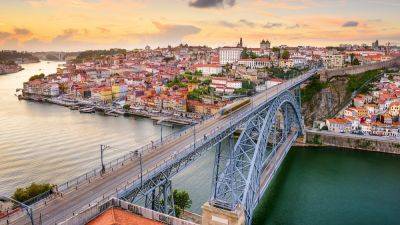
How to spend an active weekend in Porto, Portugal's riverside city
Straddling the mouth of the Douro River with elegant bridges and painted houses tripping up gentle hillsides, Porto has soared in popularity with travellers in recent years. Many come to sip and slurp at the city’s historic port wine houses, climb the narrow streets lined with baroque churches and 19th-century merchants’ houses, and bounce between cafe terraces in the labyrinthine Ribeira district. But equally appealing is the call of the outdoors – Porto’s riverside views and coastal position encourage all manner of active pursuits, from paddleboarding and kayaking to bridge climbing and e-biking. Here’s the perfect itinerary for an active weekend break.

Azores Airlines reveals route between The Azores and the Algarve
Flights operated on Wednesdays and Sundays. Operation starts on June 2, 2024

Nineteen Out of the Top 20 Spots in the World Sustainable Travel Index are European
The latest Sustainable Travel Index for 2023, released by Euromonitor International, highlights Sweden as the epitome of sustainable travel within Europe. Notably, a staggering 19 out of the top 20 positions on this index are firmly held by nations belonging to the European Union and the Schengen Area, as reported by SchengenVisaInfo.com, citing Euromonitor—an independent provider of strategic market research.

Spain to Portugal by train: Is a Madrid to Lisbon high-speed line on the horizon?
Spain’s national rail operator has recently launched new routes connecting to major cities in France.
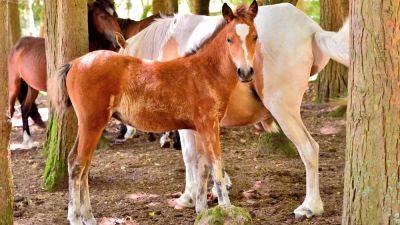
5 of Portugal's best wildlife-watching destinations, from the Algarve to Lisbon
Designated protected areas make up almost a quarter of Portugal's landmass, and while this Iberian country has just one national park — Peneda-Gerês, on the Spanish border in the far north — there are 24 natural parks and other protected landscapes for nature lovers to explore. Often etched with hiking trails that lead you through pine-clad hills, wildflower valleys and high pastures, these areas make prime spots to catch a glimpse of native fauna such as horses, eagles, lizards and even dolphins in the wild.

Americans Traveling to Turkey Are at All-Time Highs
No, you weren’t just imagining your social media timelines full of all your friends posting from Istanbul and Turkey this summer. It happened to be true.

Europe's Travel Prices Are Finally Falling — What Travel Buyers Are Doing
Travel prices across Europe have started to decline, following months of continuous hikes in air fares and hotel rates. However, they’re expected to remain highly volatile for several years as the market undergoes a correction.
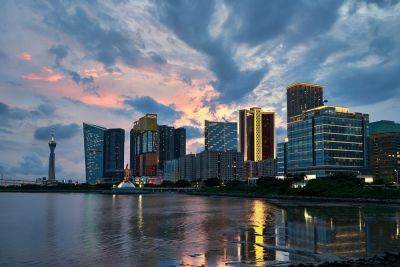
Chinese Tourists Throng Macau for Lunar New Year Break
Macau has seen a resurgence of tourists from mainland China since January 8 after the special Chinese administrative region dropped all Covid-19 testing requirements for inbound travellers from the mainland, Hong Kong and Taiwan.
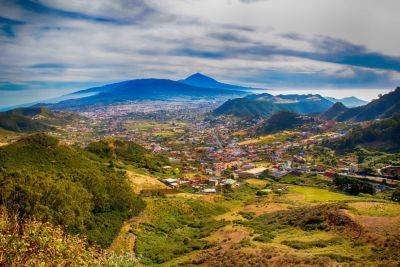
Southern Europe's Short-Term Rentals Boosted by Economic Crisis in North
Software developer Victor Varlamov logs in every morning to work on a sunny Spanish island off the coast of Africa after the prospect of steep heating bills and a winter made harsher by the Ukraine war drove him to leave his adoptive home in Poland.

Davidson Kempner Buys 18 Hotels in Portugal
Here are some excerpts from Daily Lodging Report from the past week. If you’re not a subscriber, you should be. Get news on hotel deals, development, stocks, and career moves. Sign up here, now.
